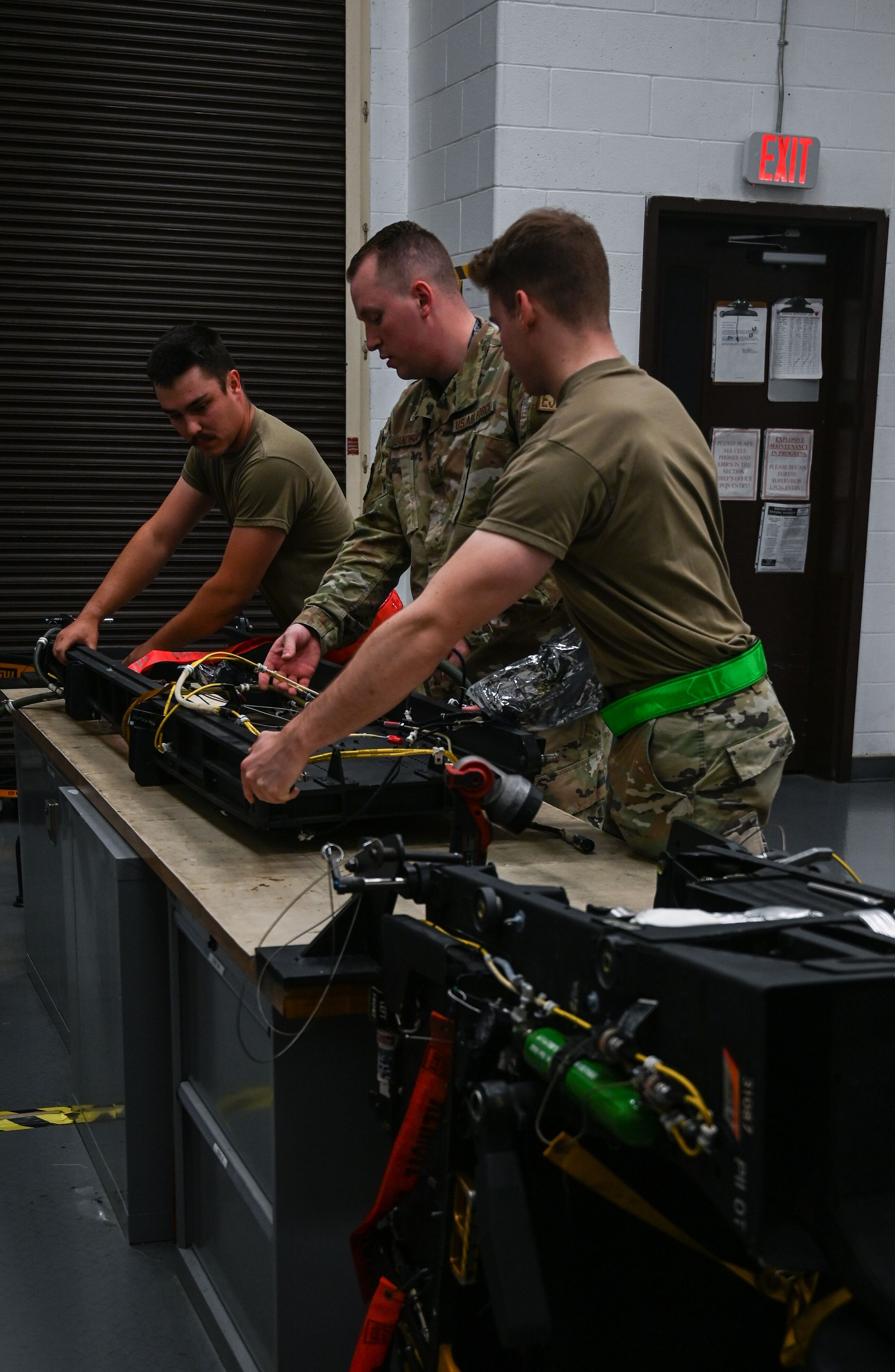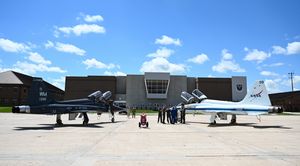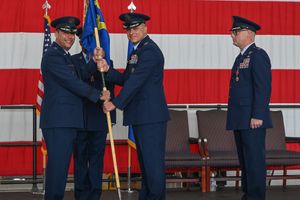WHITEMAN AIR FORCE BASE, Mo.
Airmen in the 509th Maintenance Squadron egress section tested a new process for removing ejector seats from the B-2 Spirit aircraft at Whiteman Air Force Base.

In the past, the 509th MXS Low Observable Flight would have to remove the materials that seal hatches to the jet, exposing fasteners so the egress section could take the hatches off the aircraft, allowing them to remove the seats.
One day, U.S. Air Force Staff Sgt. Marcus Sandifer, 509th MXS egress section non-commissioned officer in charge, said he was working to remove the ejector seats and wondered if there is a better way to do it and increase efficiency.
He spoke to the Air Force Engineering and Technical Services representative and asked if there had ever been a way to remove the seats without removing the hatches.
Sandifer learned that about ten years ago, engineers had done an analysis using drawings and determined that bringing the seats down the crew entry door was impossible.
Airmen at WAFB believed otherwise.
Before presenting the idea to their squadron leadership, the Airmen came up with basic step-by-step instructions on executing the task.
After getting support from leadership within the 509th Maintenance Group, Sandifer continued to gain support from leadership, including U.S. Air Force Col. Daniel Diehl, 509th Bomb Wing commander.
“Our Airmen did some proof-of-concept work to see if it was indeed possible,” said U.S. Air Force Maj. Sean Christy, 509th MXS commander. “They put in the effort to test the theory and were able to get the seat out of the crew entry door, proving the concept works.”
The new method of bringing the seats out of the crew entry door saves about $21,000 in materials and resources.
“It’s valuable anytime we can avert low observable resources and the technician’s time towards making the aircraft better instead of facilitating maintenance,” said Christy. “There is no shortage of work for low observable technicians.”
Instead of the egress section taking 30 days to remove the seats from the aircraft, now they can do it in less than 10 days, said Christy.
“The teamwork of the Airmen and civilians who came together to bring the idea to fruition helps to bring different shops together and show how they can benefit from each other,” said Christy. “For example, this new concept was a lot of work for the egress section, and it helped save them and other shops a lot of time.”
After building mock-ups and using trainer seats to prove the idea works, Sandifer began with an engineer at Tinker Air Force Base to develop a technical order for the new seat removal process.
This innovation also came at an opportune time, as all the ejector seats will need to be replaced in the coming years.
“There is a new ejection seat coming soon,” Sandifer said. “This new process speeds up the process from about 40 days per jet to 20, cutting the overall replacement time from five years to less than two.”
Christy said this improved efficiency should cut down on maintenance time and increase the availability of the B-2 to support the 509th BW’s mission, ensuring global strike anytime, anywhere.
Source: By Airman 1st Class Hailey Farrell of 509th Bomb Wing Public Affairs







